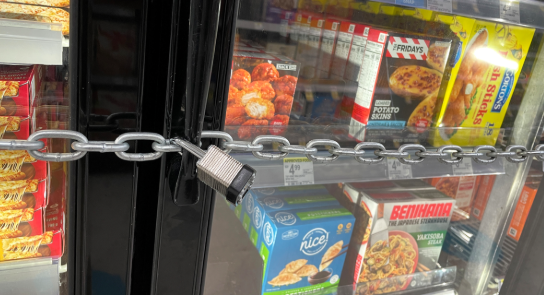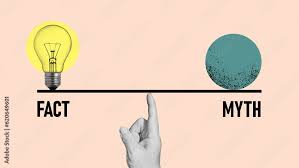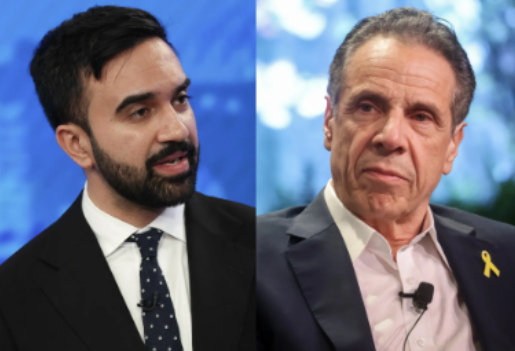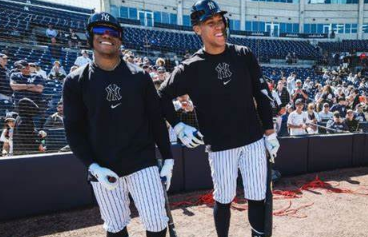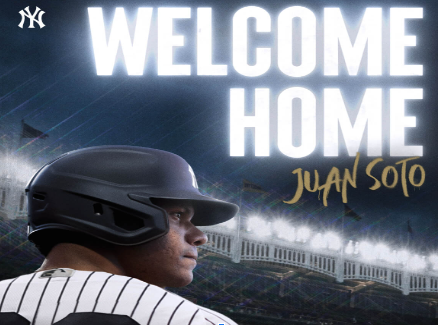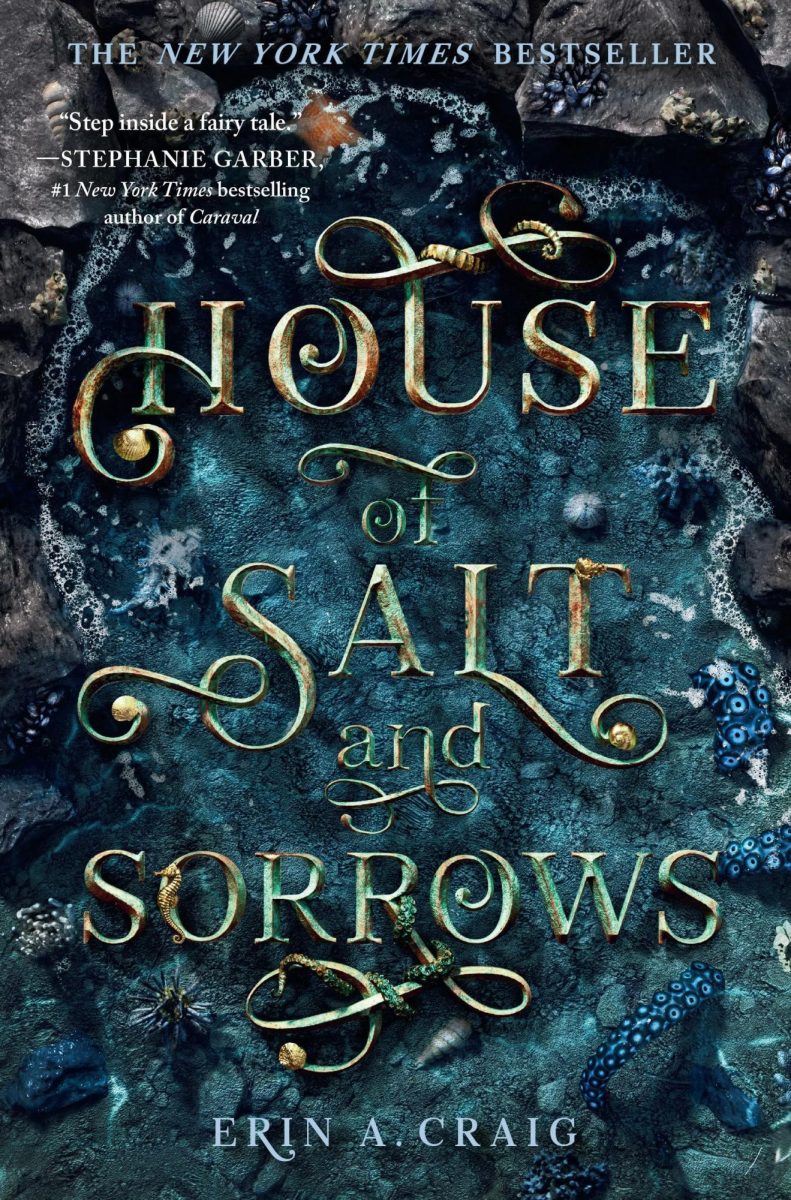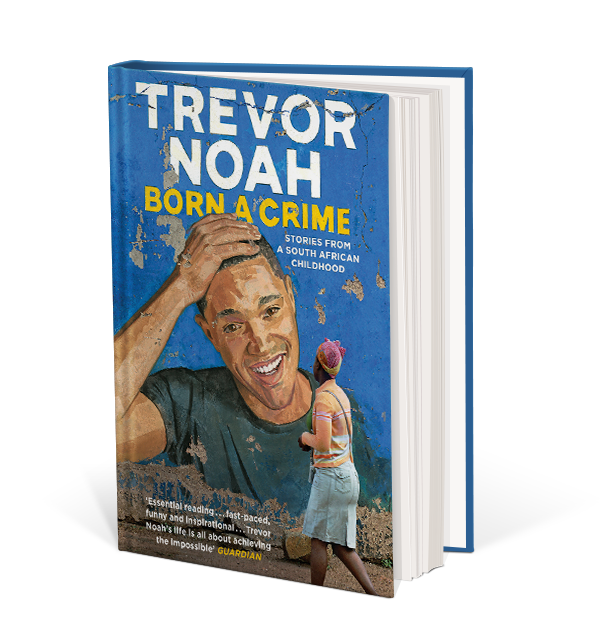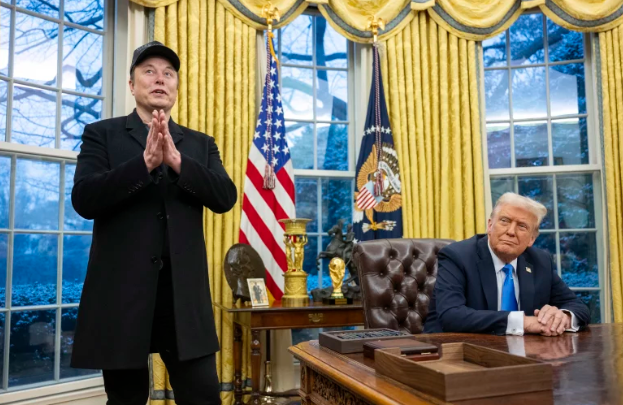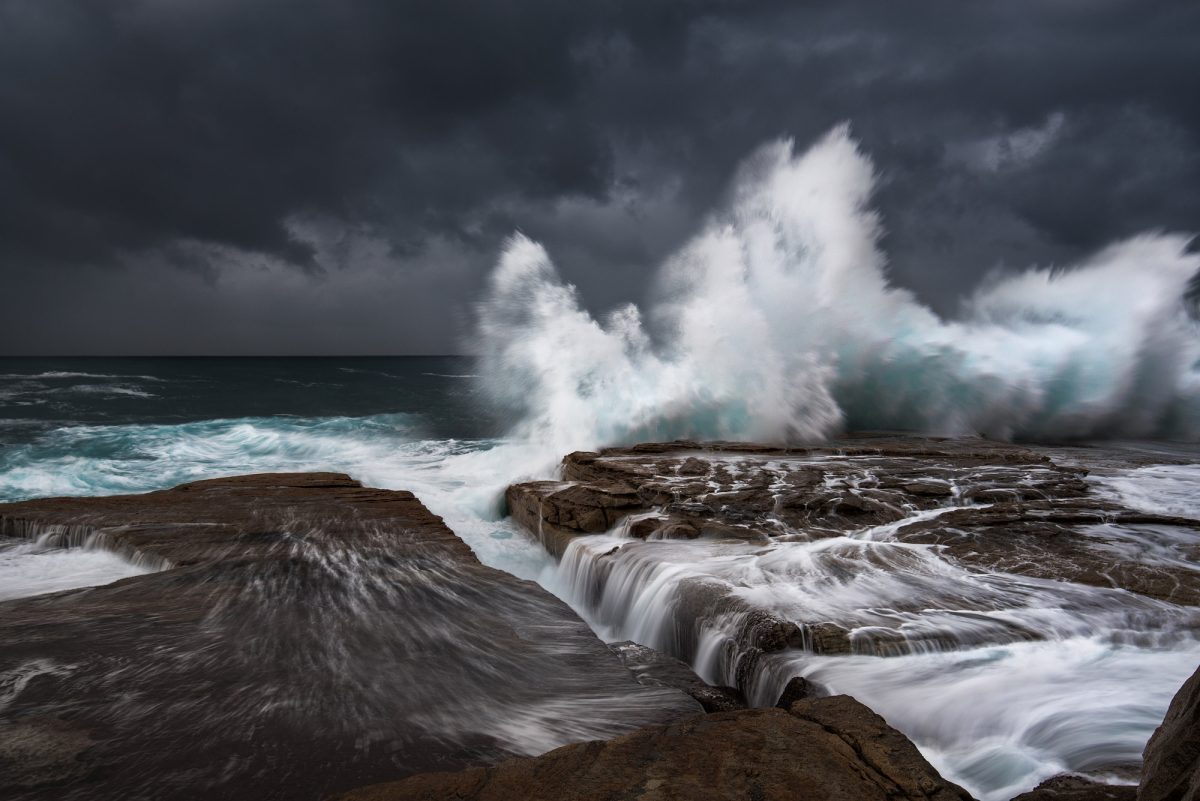Basics of LGBTQ+ History
October 22, 2021
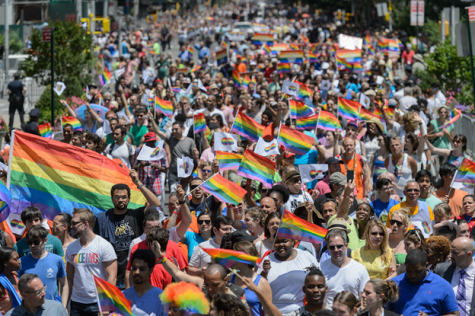
This article contains information about mature topics.
People have speculated whether famous historical figures like Shakespeare, Emily Dickinson and others have been part of the LGBTQ+ community. But it’s not discussed too often. In truth, we never hear of queer historical figures. But why is that?
With October being queer history month, let’s talk about LGTBQ+ history:
Since the beginning of history, people have lived in isolation and fear of expressing their true identities and desires. It’s a harsh reality that LGBT people had to live like this, because they could be harassed and even killed because of who they were. For hundreds of years, there wasn’t even a term to define queerness. Yet in 1868 the term “homosexuality” was first coined by Karl Maria Kertberny in a secret letter to a fellow activist (GVGK Tang). Finally people were given something to identify themselves as, yet it separated them from the norm, and that was dangerous.
Danger sprouted from religion, specifically the bible. As multiple queer identities would “go against it”. Many would say that “God said homosexuality is forbidden” through the writings of the Bible, and that saying would persist to modern day. This idea would lead to many staying closeted. Those who were openly queer were oppressed and often were in danger of being hurt, threatened and harassed by fellow citizens and police. But at least more people were finding others like them. Through the arts, such as drawing and painting, music, and theatre, queer people like Andy Warhol, David Bowie and Freddie Mercury would be recognized over time.
With the existence of queer people being established, many people, queer or not, grouped together to help fight for queer rights. Often, women and people of color who weren’t part of the queer community fought for queer rights, and queer people would fight for their rights too. An organization in 1924 called “The Society for Human Rights” was the first documented gay rights organization, yet they were forced to disband by police (History.com). Later organizations were able to make more progress. For exampl,e the Mattachine Society openly declared their sexuality at taverns (called sip-ins), which would lead to The Commission on Human Rights ruling that gay individuals had the right to be served at bars (History.com).
As you may learn in your average US history class, the 60s were a golden age of counterculture and civil rights movements. However, it also meant for there to be a lot of resistance against the rising counterculture. Gay bars, for example, were constantly being raided across America. One famous uprising of the queer community was the Stonewall Riots, which would stimulate fighting for gay rights across the world. These weren’t planned but began on June 28th, 1969. NYC police raided a gay club in Greenwich Village, hauling people out of the bar and roughing them up. This resulted in a 6 day clash between the NYC queer community and police in protest of the bar raid (History.com). Police violently handled people at the bar, and angry at their treatment, queer people fought back. The events at the Stonewall Inn would act as a catalyst for the gay rights movement and send it into full throttle. Organizations such as the Gay Liberation Front, the Human Rights Campaign, Gay Lesbian Alliance Against Deformation and Parents Families Friends of Lesbians and Gays were all formed in support of the queer community (History.Com). A year later, the first gay pride parade was also conducted from the Stonewall Inn to Central Park in NYC (History.com). This parade continues today and June 2022 will mark the 53rd anniversary.
In 2015, same-sex marriage was legalized in all 50 states in America, thanks to Obergefell v. Hodges, despite 13 states having a ban on it (World Population Review). Despite the Supreme Court legalizing it, many states haven’t put same-sex marriage in their constitution. This makes it so that married couples can’t be under the same insurance plan, for example. 37 states in the US have legalized same sex marriage in their State Constitution according to World Population Review:
- Alabama (2015) [WITH RESTRICTIONS]
- Alaska (2014)
- Arizona (2014)
- California (2008)
- Colorado (2014)
- Connecticut (2008)
- Delaware (2013)
- District of Columbia (2010)
- Florida (2014)
- Hawaii (2013)
- Idaho (2014)
- Illinois (2014)
- Indiana (2014)
- Iowa (2009)
- Kansas (2015) [WITH RESTRICTIONS]
- Maine (2012)
- Maryland (2012)
- Massachusetts (2004)
- Minnesota (2013)
- Montana (2014)
- Nevada (2014)
- New Hampshire (2010)
- New Jersey (2013)
- New Mexico (2013)
- New York (2011)
- North Carolina (2014)
- Oklahoma (2014)
- Oregon (2014)
- Pennsylvania (2014)
- Rhode Island (2013)
- South Carolina (2014)
- Utah (2014)
- Vermont (2009)
- Virginia (2014)
- Washington (2012)
- West Virginia (2014)
- Wisconsin (2014)
- West Virginia (2014)
While 13 states haven’t:
- Arkansas
- Georgia
- Kentucky
- Louisiana
- Michigan
- Mississippi
- Missouri [WITH RESTRICTIONS]
- Nebraska
- North Dakota
- Ohio
- South Dakota
- Tennessee
- Texas
Despite it being almost 2022, the queer community still struggles with discrimination in America. In other less progressive countries, queer people face even more danger. https://www.glaad.org/
Luckily, there are many ways one could help support the LGBTQ+ community. There are multiple places to donate, such as GLAAD (https://www.glaad.org/). One can advocate through using their voice in their community, joining clubs in school (like the East Rockaway High School’s GSA club). In the future, we together can make the world a safe, open-minded place for all queer people.
Happy LGBTQ+ history month!
Sources:
